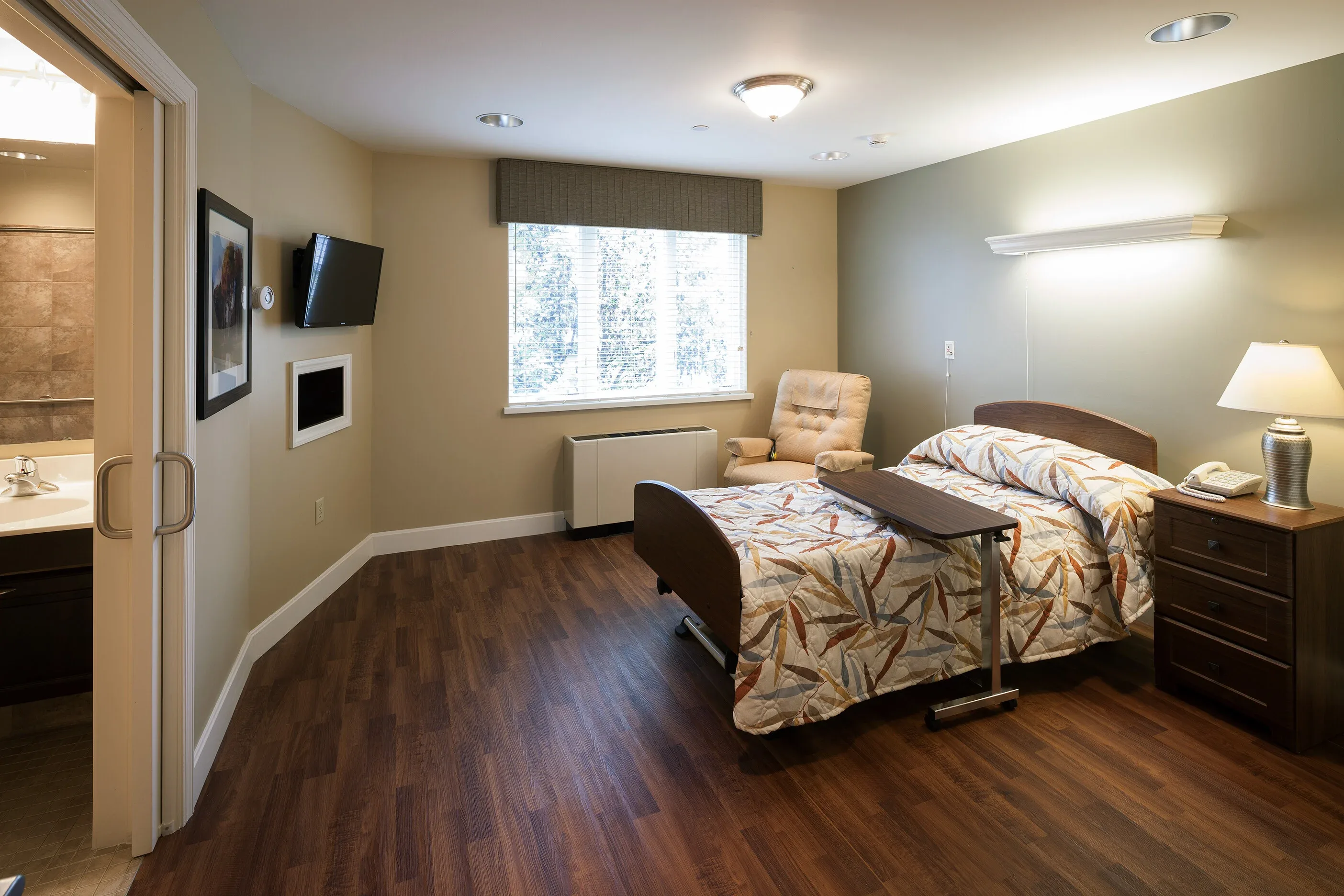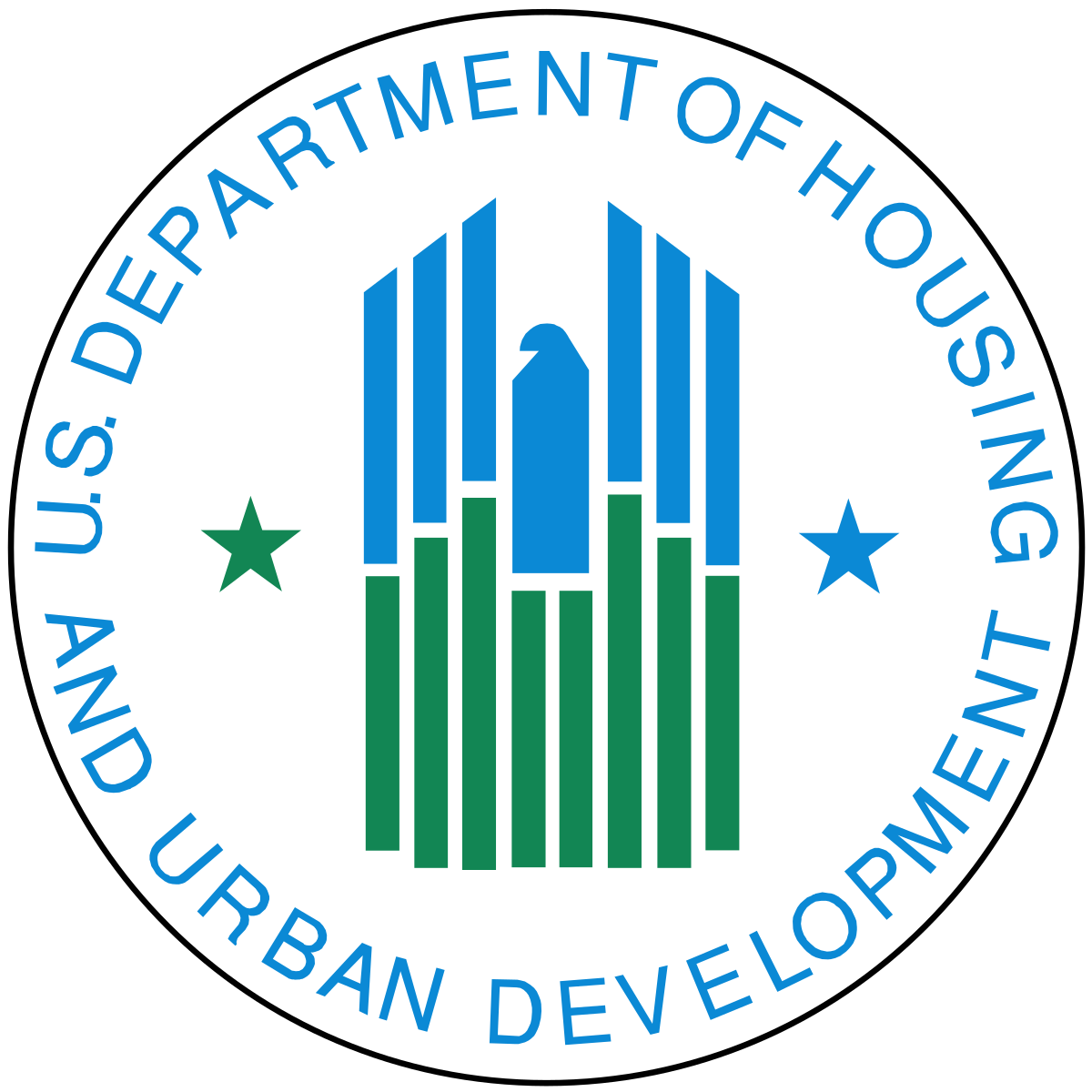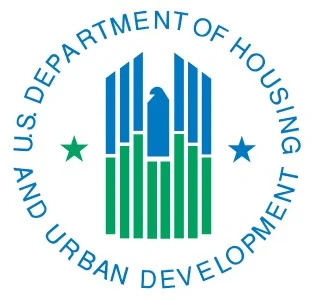Key Takeaways
- Rigid Staffing Mandates Are Inefficient: The one-size-fits-all CMS staffing mandate fails to account for varying resident needs, labor shortages, and regional disparities, leading to unnecessary costs and stifled innovation.
- Flexibility and Technology Enhance Care: Flexible staffing plans, supported by technologies like remote monitoring and automation, allow facilities to tailor care to resident acuity while maintaining or improving quality outcomes.
- Outcome-Based Models Drive Accountability: Shifting focus from rigid staff ratios to measurable outcomes ensures facilities meet quality benchmarks, fostering innovation and cost efficiency without compromising care standards.
- Regional Adaptability Is Critical: Flexible models accommodate workforce constraints in rural and underserved areas, ensuring care continuity and sustainability even in challenging labor markets.
Introduction:
The Centers for Medicare & Medicaid Services (CMS) currently enforces staffing mandates in nursing facilities that require a fixed ratio of staff to residents. While well-intentioned, these rigid requirements fail to account for variations in resident needs, regional labor markets, or the potential of modern technology to augment care. The mandate raises costs, stifles innovation, and often creates unnecessary burdens on providers without necessarily improving care quality.
To address these shortcomings, we propose replacing the staffing mandate with a flexible, outcomes-driven model. This approach allows nursing facilities to design customized staffing plans based on resident acuity and operational needs, using technological advancements and alternative care models to meet quality benchmarks.
The Problem with Current CMS Staffing Mandates:
1. One-Size-Fits-All Approach:
Current mandates do not reflect the unique needs of individual residents or facilities. A facility caring for residents with low-acuity needs may be forced to staff at the same level as one handling complex cases, leading to inefficiencies and misallocated resources.
2. Labor Shortages:
Regional disparities in labor availability, especially in rural and underserved areas, make compliance with rigid staffing mandates impractical and exacerbate existing workforce challenges.
3. Stifled Innovation:
The mandate prioritizes headcount over creative solutions that could enhance care quality and efficiency, such as using remote monitoring systems or task automation.
4. Increased Costs:
The high cost of meeting these mandates is often passed to residents or taxpayers, without clear evidence of commensurate improvements in care.
Proposed Reform: Flexible, Outcomes-Driven Staffing Models
Key Features:
1. Tailored Staffing Plans:
Facilities would develop staffing models based on resident acuity, operational realities, and available technologies. Plans would be subject to CMS approval and periodic review to ensure they meet quality benchmarks.
2. Integration of Technology:
Technological innovations, such as automated medication dispensers, remote patient monitoring, and electronic health record systems, can support or replace certain manual tasks, reducing the need for additional staff without compromising care.
3. Outcome-Based Accountability:
Staffing plans would be evaluated based on measurable outcomes such as resident health metrics, satisfaction surveys, and care quality indicators. Facilities meeting or exceeding these benchmarks would retain flexibility, while those falling short would receive additional oversight.
The Rationale:
1. Flexibility and Innovation:
Replacing rigid mandates with customizable staffing plans empowers providers to innovate, tailoring resources to meet the specific needs of their residents.
2. Cost Efficiency:
Flexible models allow providers to allocate resources more effectively, reducing labor costs while maintaining or even improving care quality.
3. Regional Adaptability:
Labor shortages, particularly in rural or underserved areas, make rigid staffing mandates untenable. A flexible model accommodates regional differences, ensuring care continuity even in challenging environments.
4. Enhanced Oversight:
CMS can shift its focus from enforcing staffing ratios to monitoring quality outcomes, ensuring accountability while reducing administrative burdens.
Key Benefits:
• For Residents:
Care plans become more personalized, leading to improved satisfaction and better outcomes. Facilities can address individual needs rather than adhering to arbitrary ratios.
• For CMS:
Oversight transitions from compliance enforcement to outcome monitoring, reducing administrative costs and improving the focus on quality care.
• For Providers:
Flexibility in staffing decisions enables providers to innovate and incorporate cost-effective technology, allowing them to thrive despite labor market constraints.
• For the System:
Resources align more closely with actual care needs, promoting equity in care delivery and ensuring sustainability in a strained labor market.
Conclusion:
The current CMS staffing mandate reflects outdated thinking, prioritizing headcount over actual resident outcomes. By embracing flexible, technology-driven models, CMS can empower nursing facilities to deliver high-quality, personalized care while addressing workforce challenges and reducing costs. Shifting the focus from rigid compliance to measurable outcomes ensures that all stakeholders—residents, providers, and policymakers—benefit from a smarter, more efficient care model.



